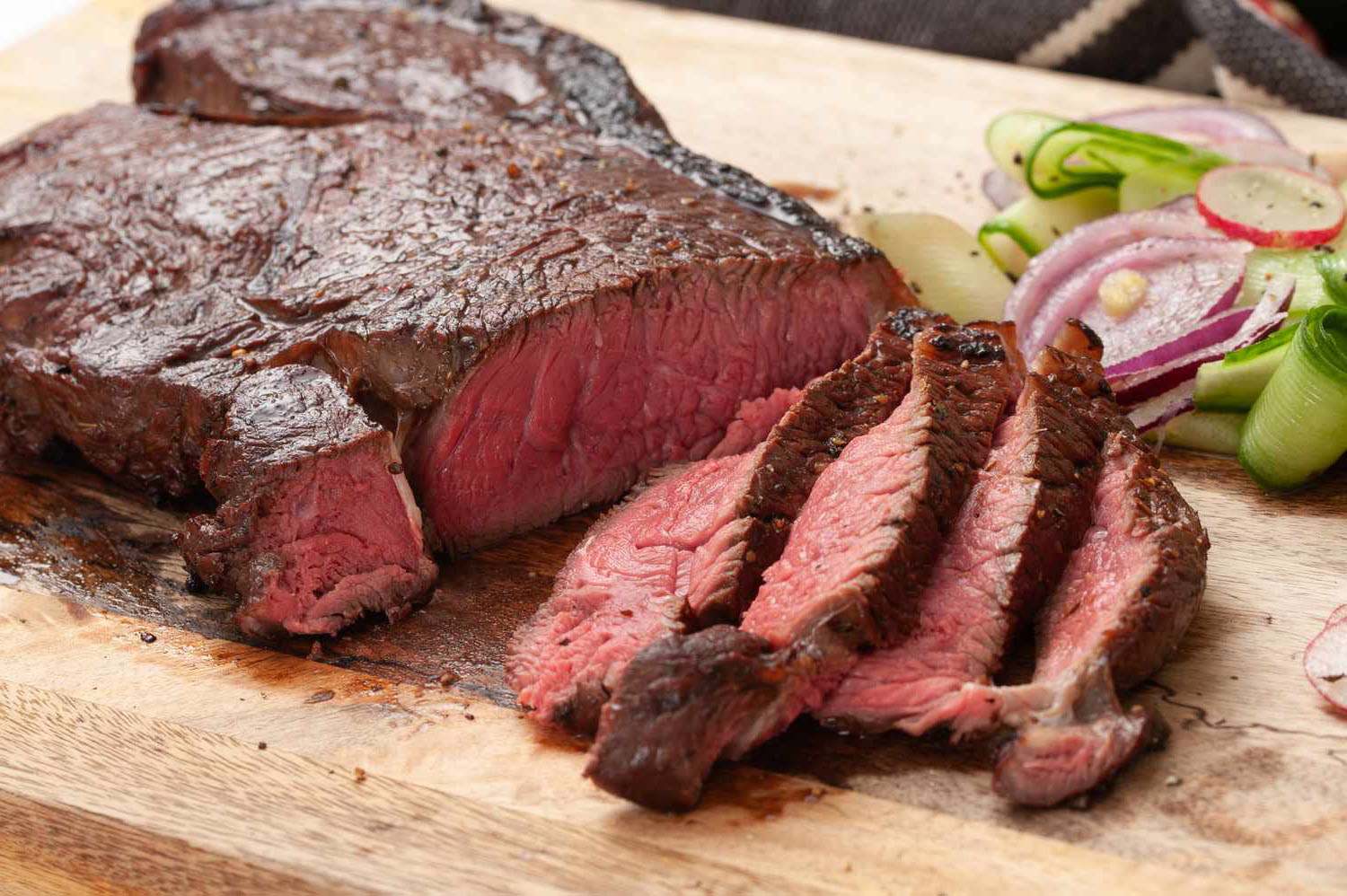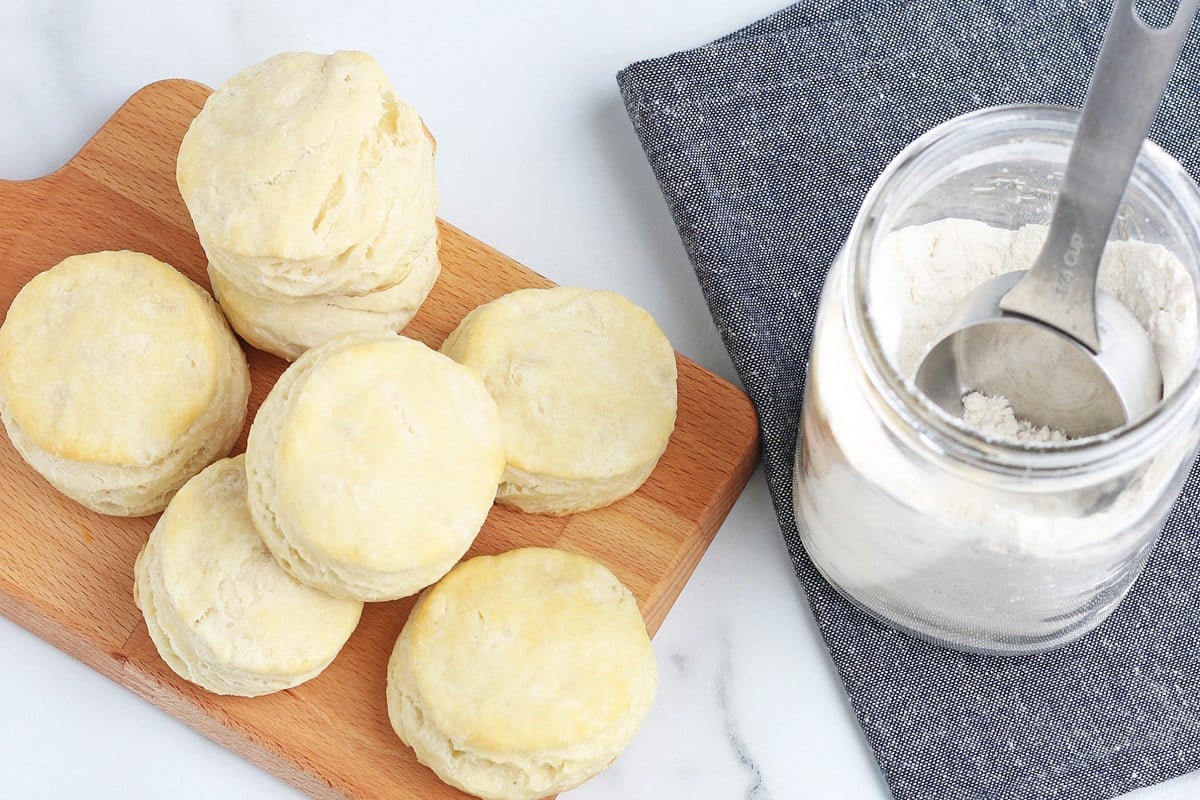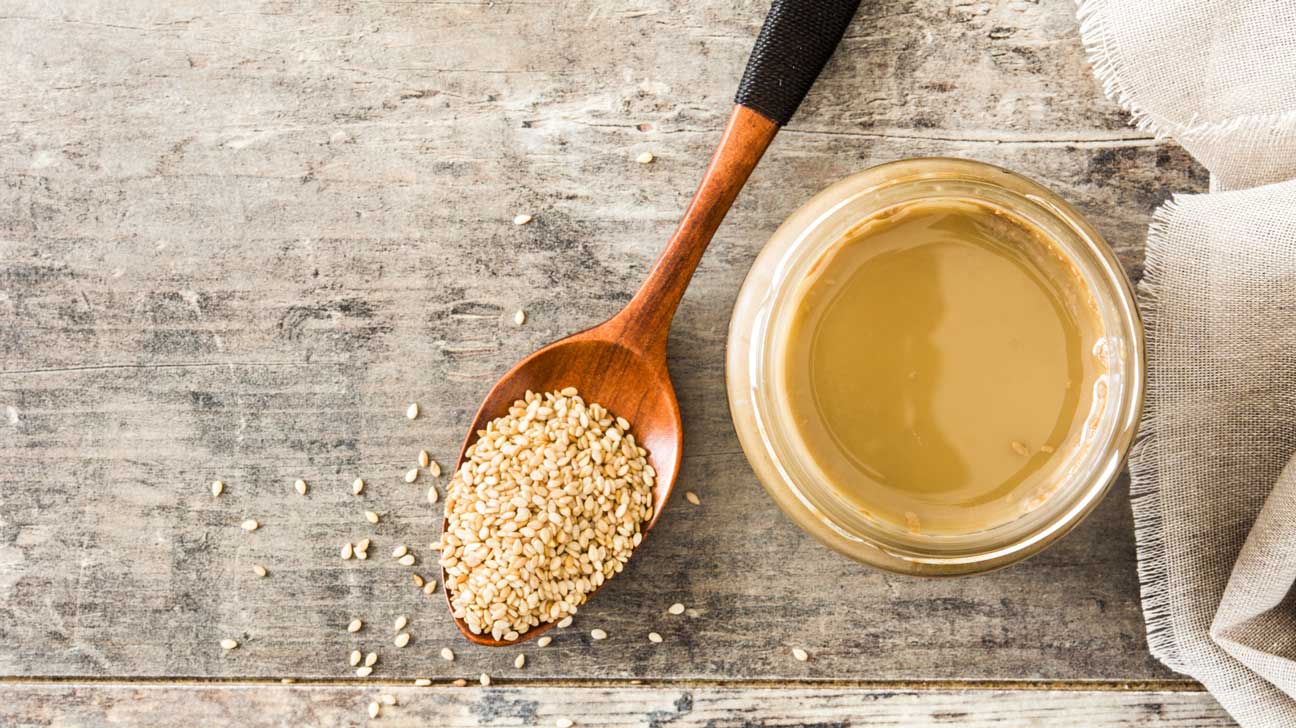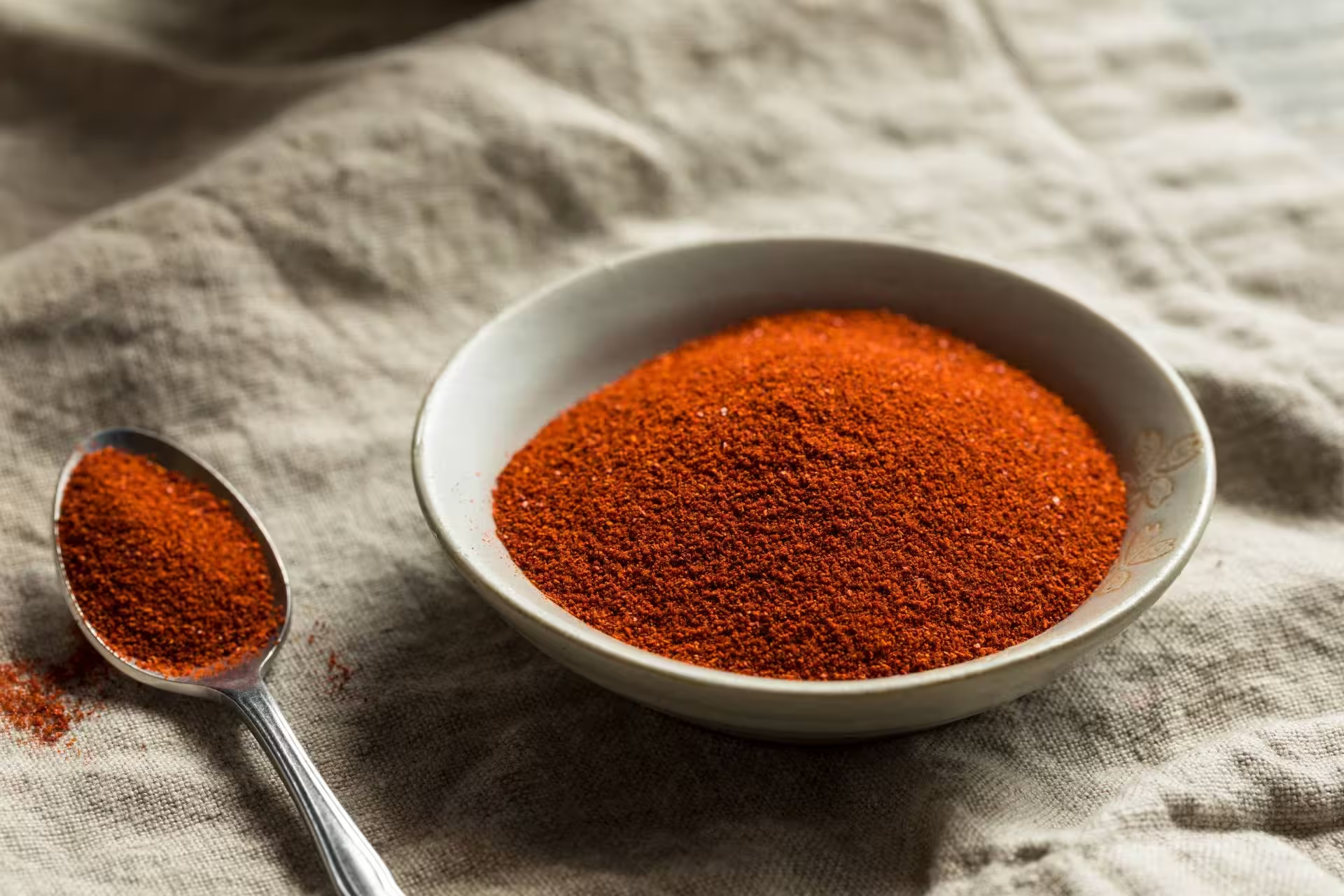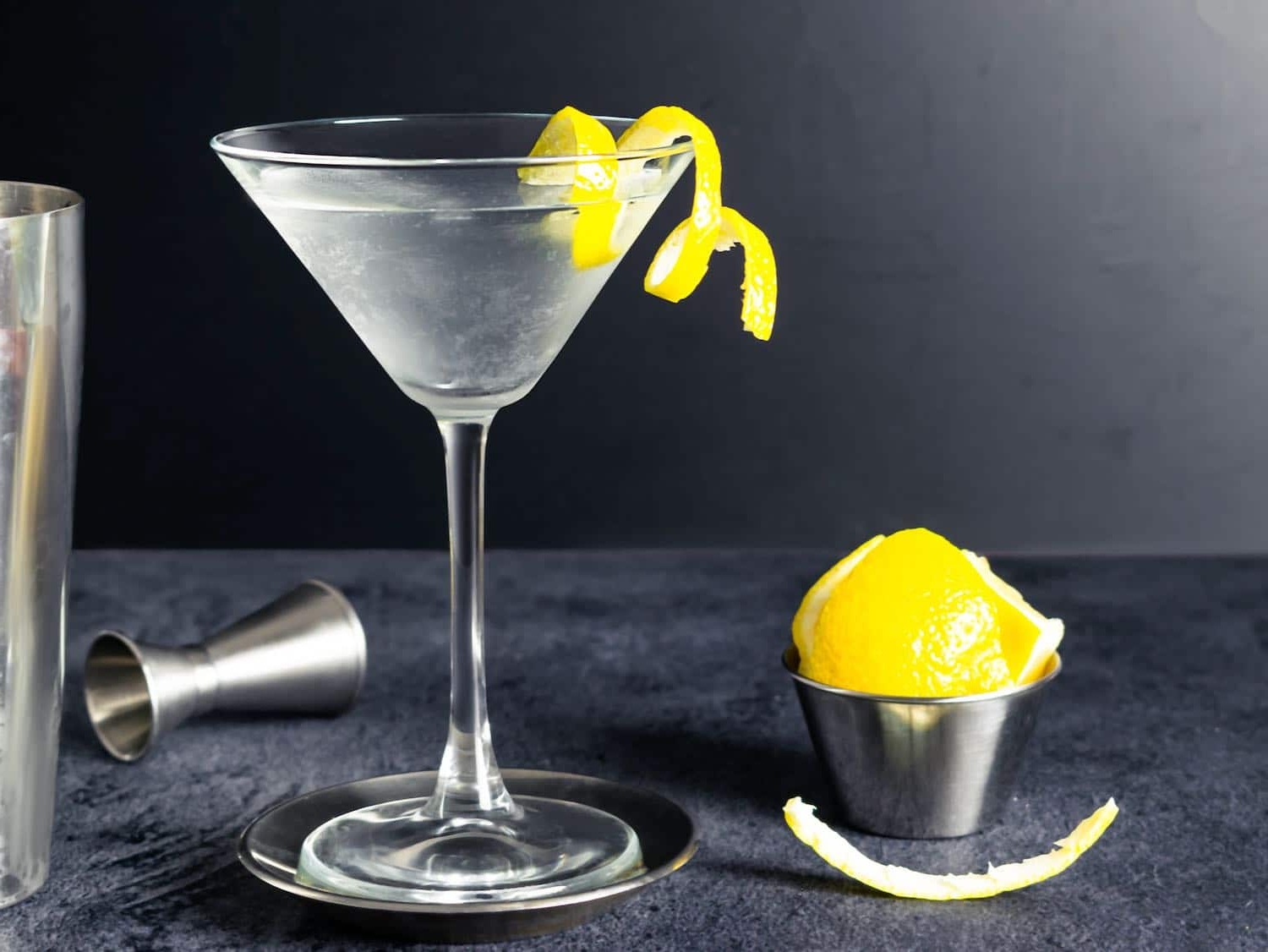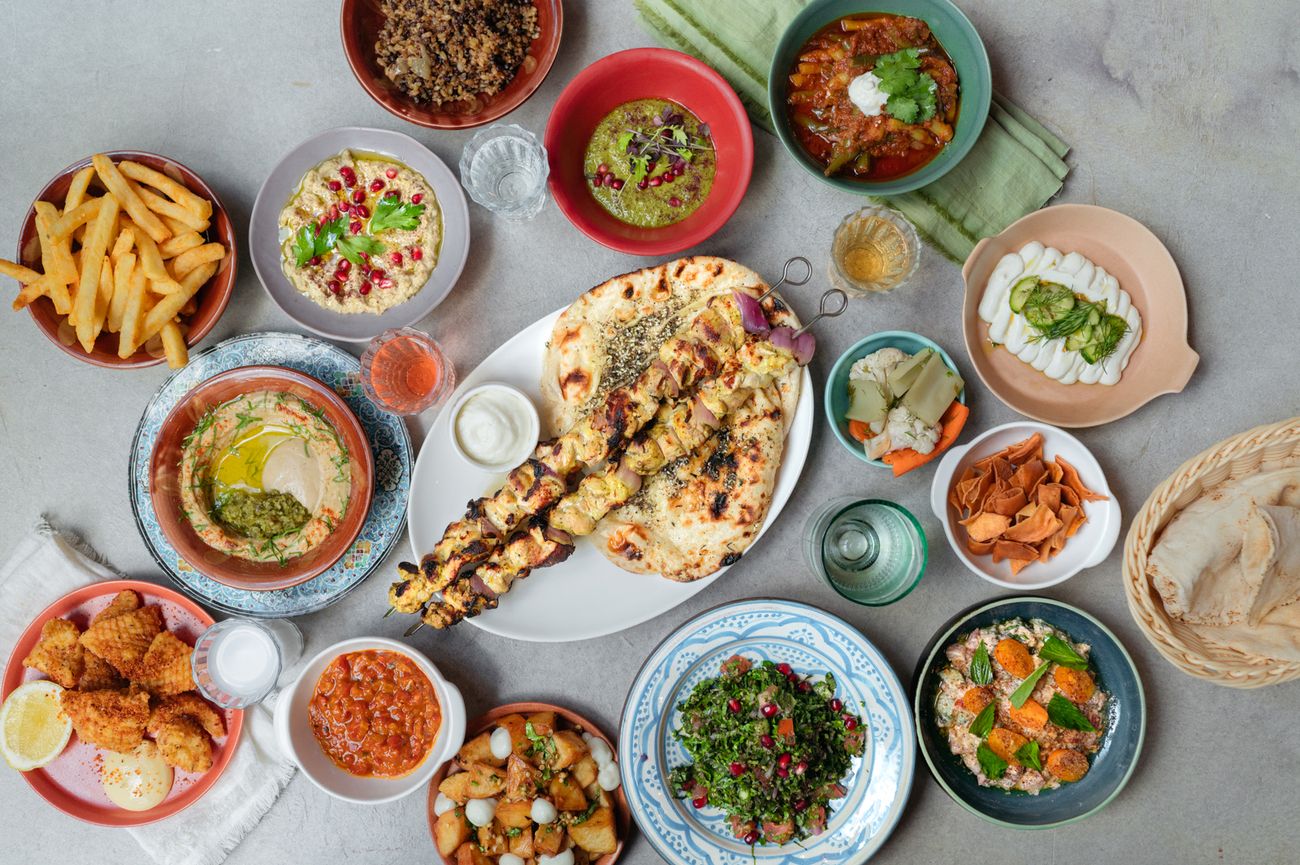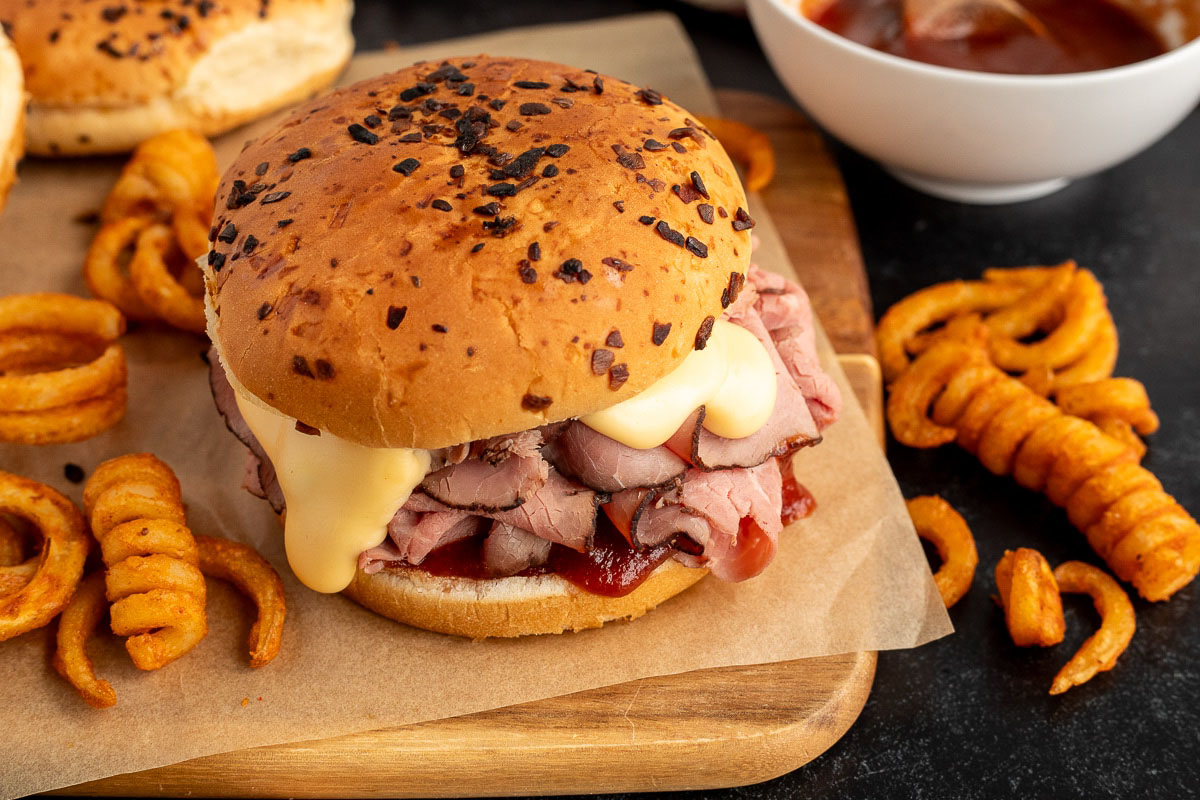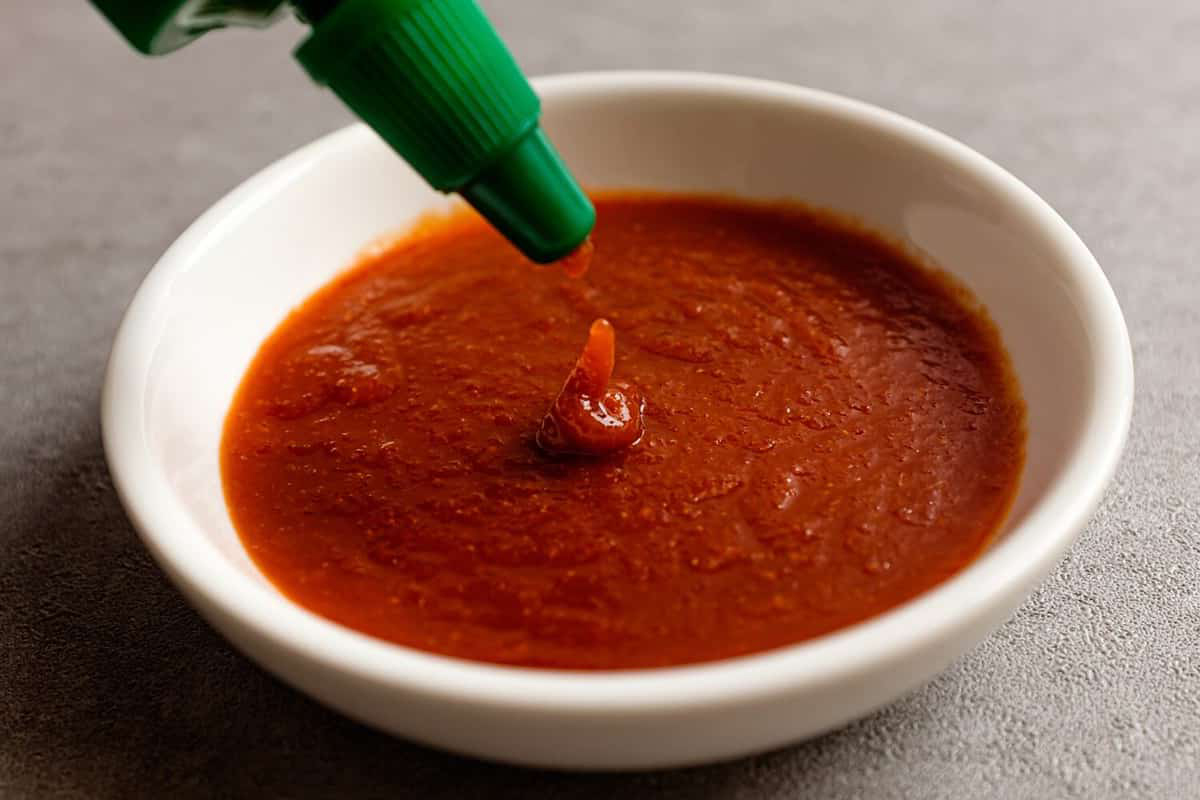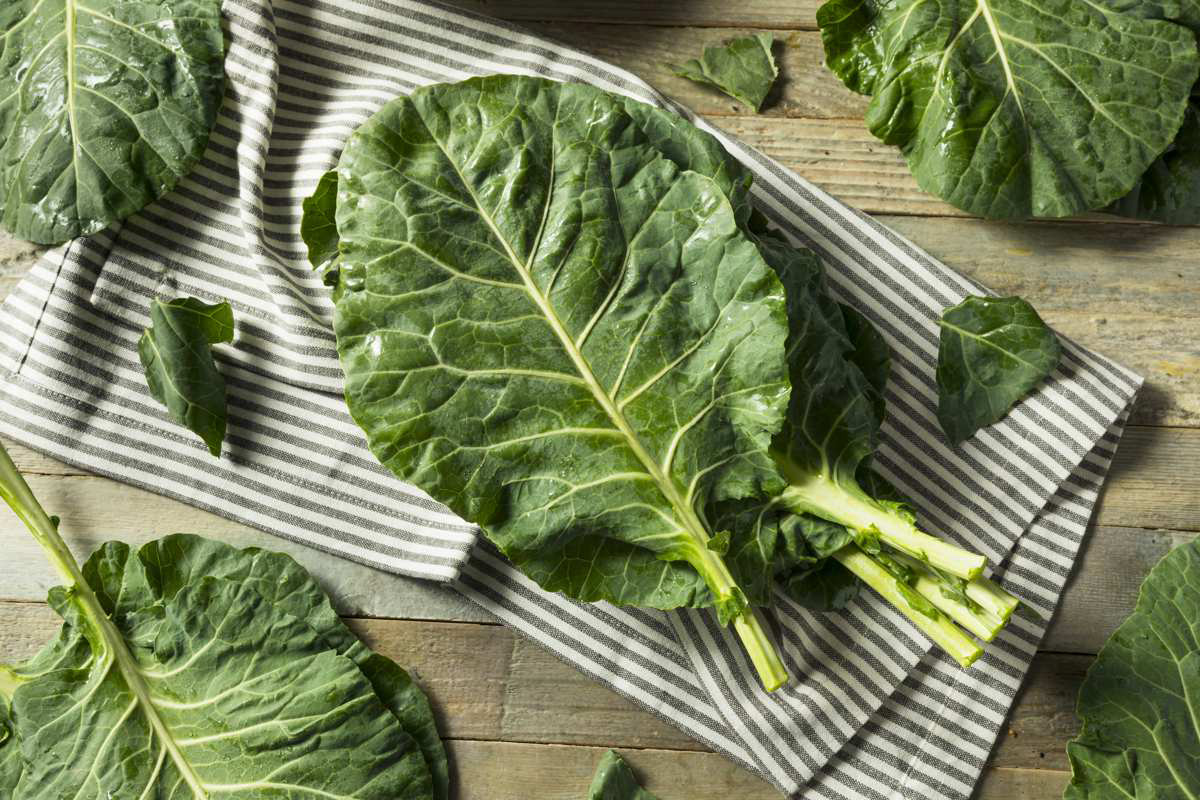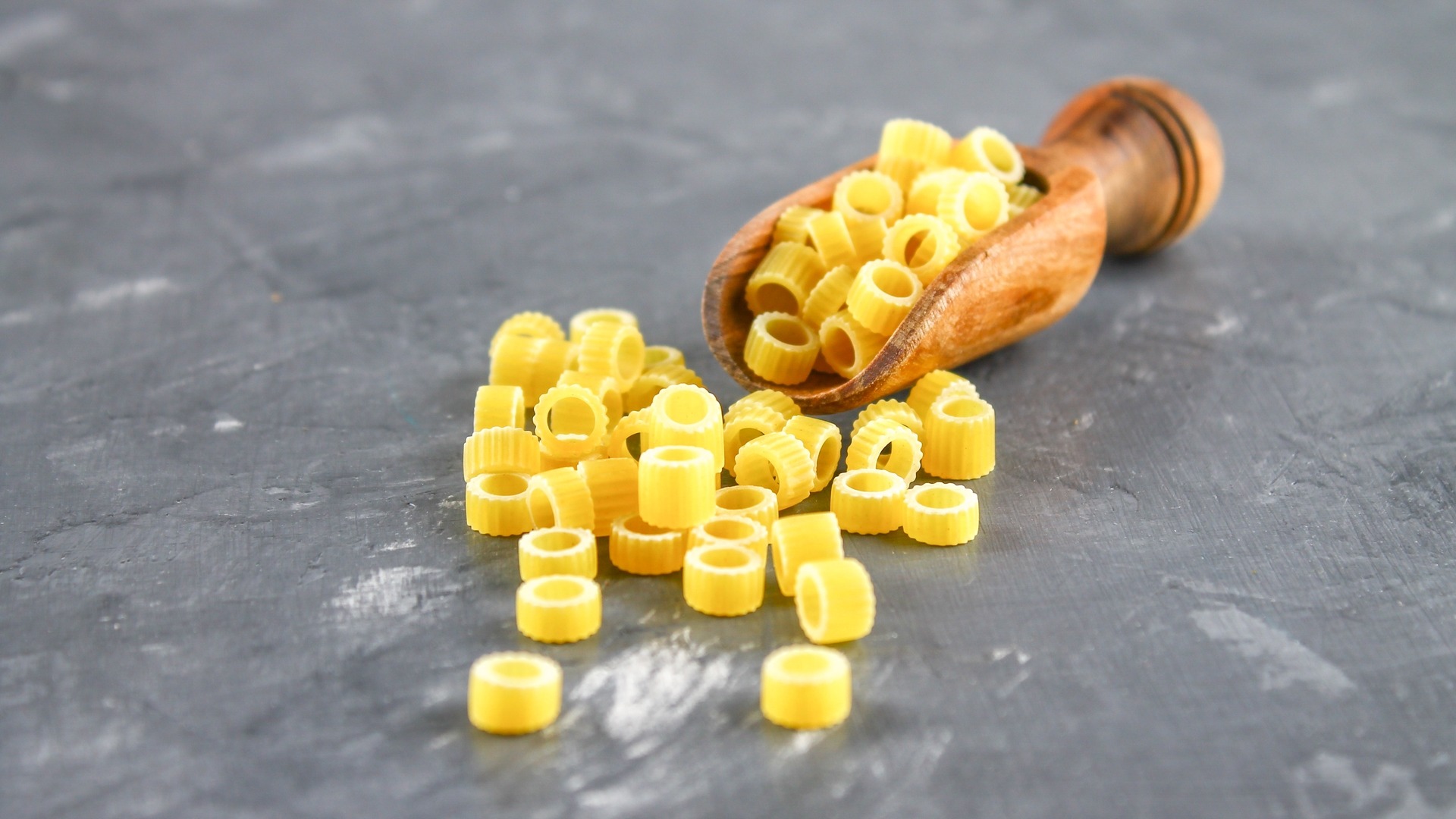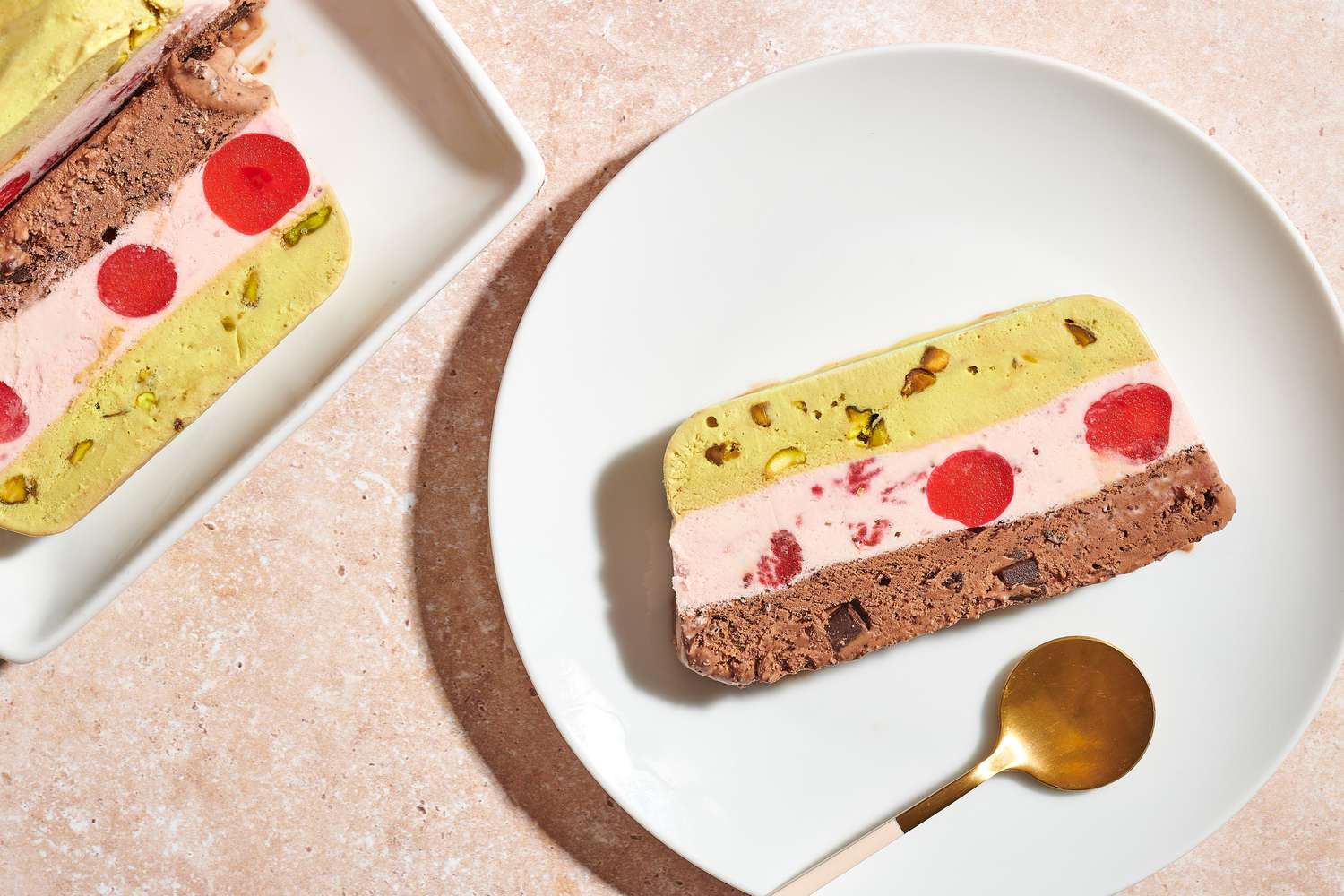Discovering the Delightful World of Peruvian Ceviche
Peruvian cuisine is renowned for its vibrant flavors and unique culinary traditions. One dish that has gained international acclaim is Peruvian ceviche. This iconic dish is a testament to the country’s rich culinary heritage and the art of preparing seafood in a refreshing and flavorful manner.
The Origins of Peruvian Ceviche
Ceviche has been a staple in Peruvian cuisine for centuries, with its origins dating back to pre-Columbian times. The dish is believed to have been influenced by Moorish and Spanish settlers who brought citrus fruits to the region. Over time, Peruvian ceviche evolved into the beloved dish it is today, combining indigenous ingredients with European culinary techniques.
Key Ingredients
Peruvian ceviche typically features fresh raw fish or seafood, which is marinated in a zesty mixture of lime juice, chili peppers, onions, and coriander. The acidity of the lime juice effectively “cooks” the fish, giving it a tender texture while preserving its natural flavors.
Other common ingredients that add depth and complexity to the dish include sweet potatoes, corn, and cancha (toasted corn kernels). These elements provide a delightful contrast of textures and flavors, making each bite a harmonious blend of savory, tangy, and slightly sweet notes.
Regional Variations
While the basic components of Peruvian ceviche remain consistent, there are regional variations that reflect the diverse culinary landscape of Peru. In the coastal regions, where fresh seafood is abundant, ceviche is often made with flounder, sea bass, or shrimp. In the Amazonian regions, it is not uncommon to find ceviche made with river fish and tropical fruits such as plantains and coconut milk.
Serving and Enjoying Peruvian Ceviche
Peruvian ceviche is typically served cold, making it an ideal dish for warm weather or as a refreshing appetizer. It is often accompanied by crispy corn tortillas or toasted corn kernels, adding a satisfying crunch to each bite.
When enjoying Peruvian ceviche, it is customary to savor the dish with a side of aji amarillo, a vibrant yellow chili pepper sauce that adds a spicy kick to the ensemble. The interplay of flavors and textures in each mouthful is a testament to the artistry of Peruvian cuisine.
Embracing a Culinary Tradition
Peruvian ceviche is more than just a dish; it is a celebration of Peru’s diverse cultural influences and the bounty of its land and sea. Whether enjoyed in a bustling cevicheria in Lima or prepared at home with fresh, local ingredients, Peruvian ceviche invites food enthusiasts to embark on a sensory journey that captures the essence of Peru’s culinary heritage.
So, the next time you crave a dish that is vibrant, refreshing, and brimming with flavor, consider indulging in the delightful world of Peruvian ceviche. It’s a culinary experience that promises to tantalize your taste buds and leave you craving for more.
Was this page helpful?
Read Next: What Is A Celery Rib
